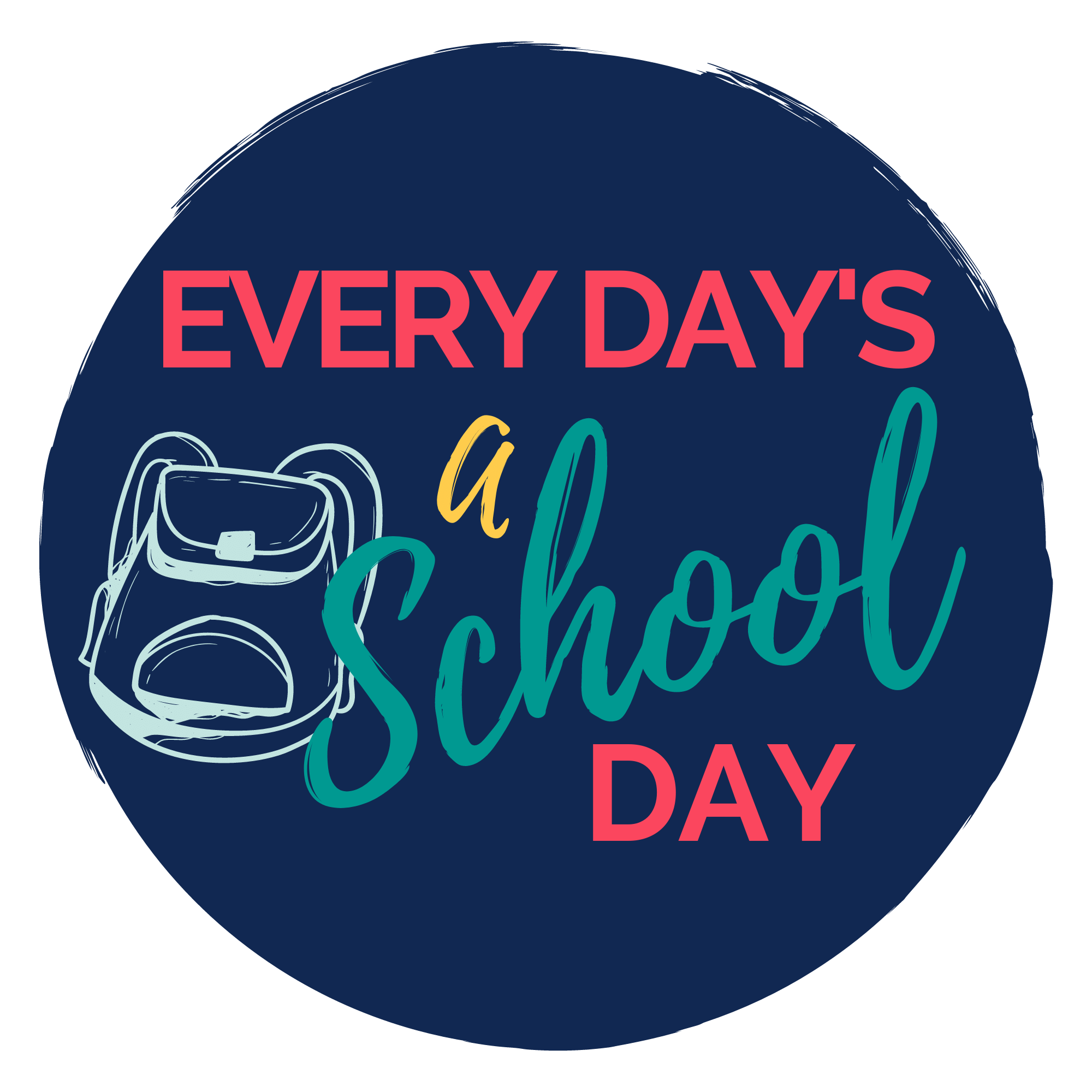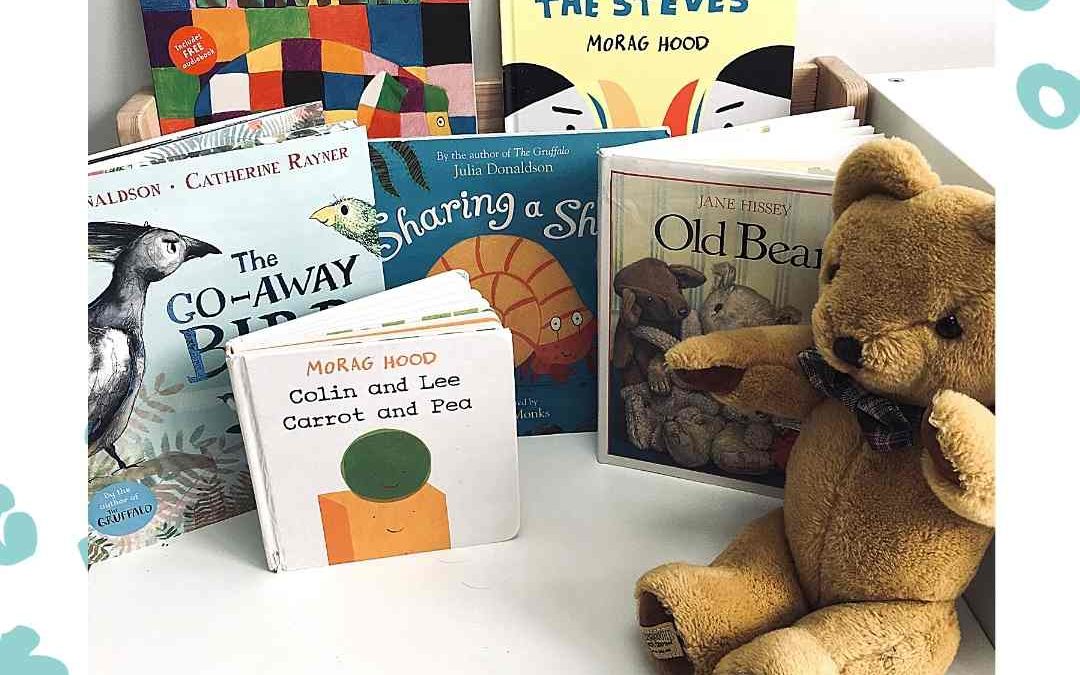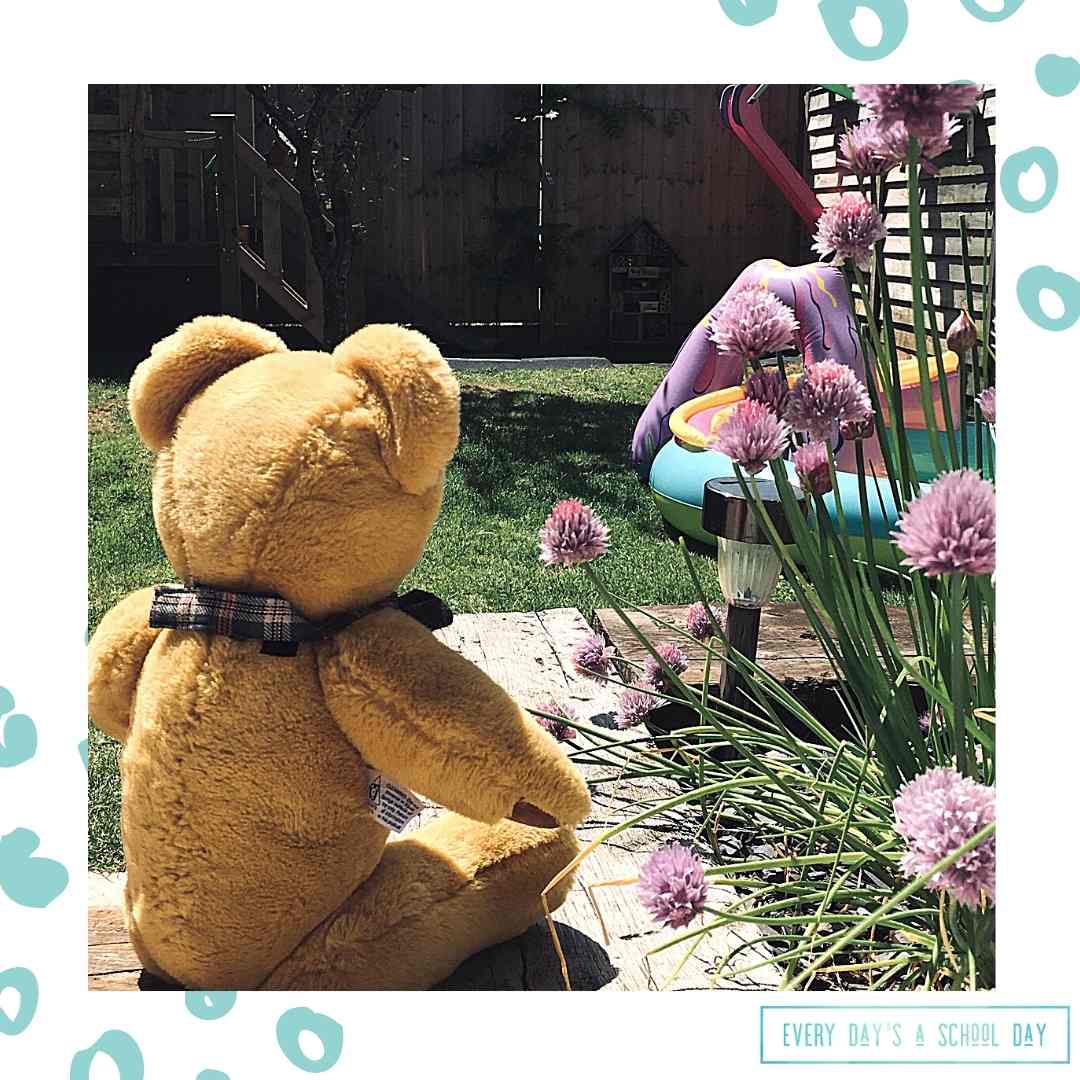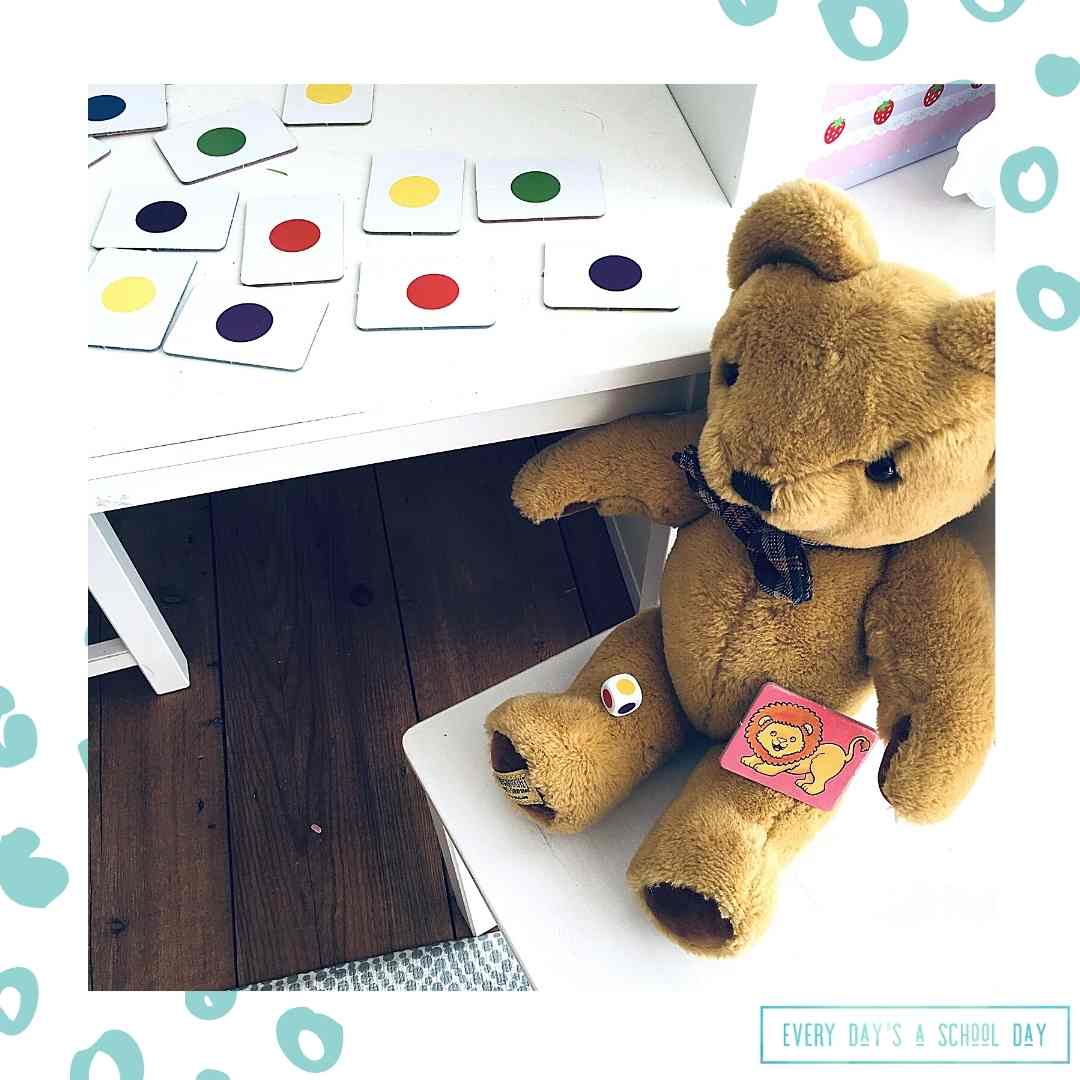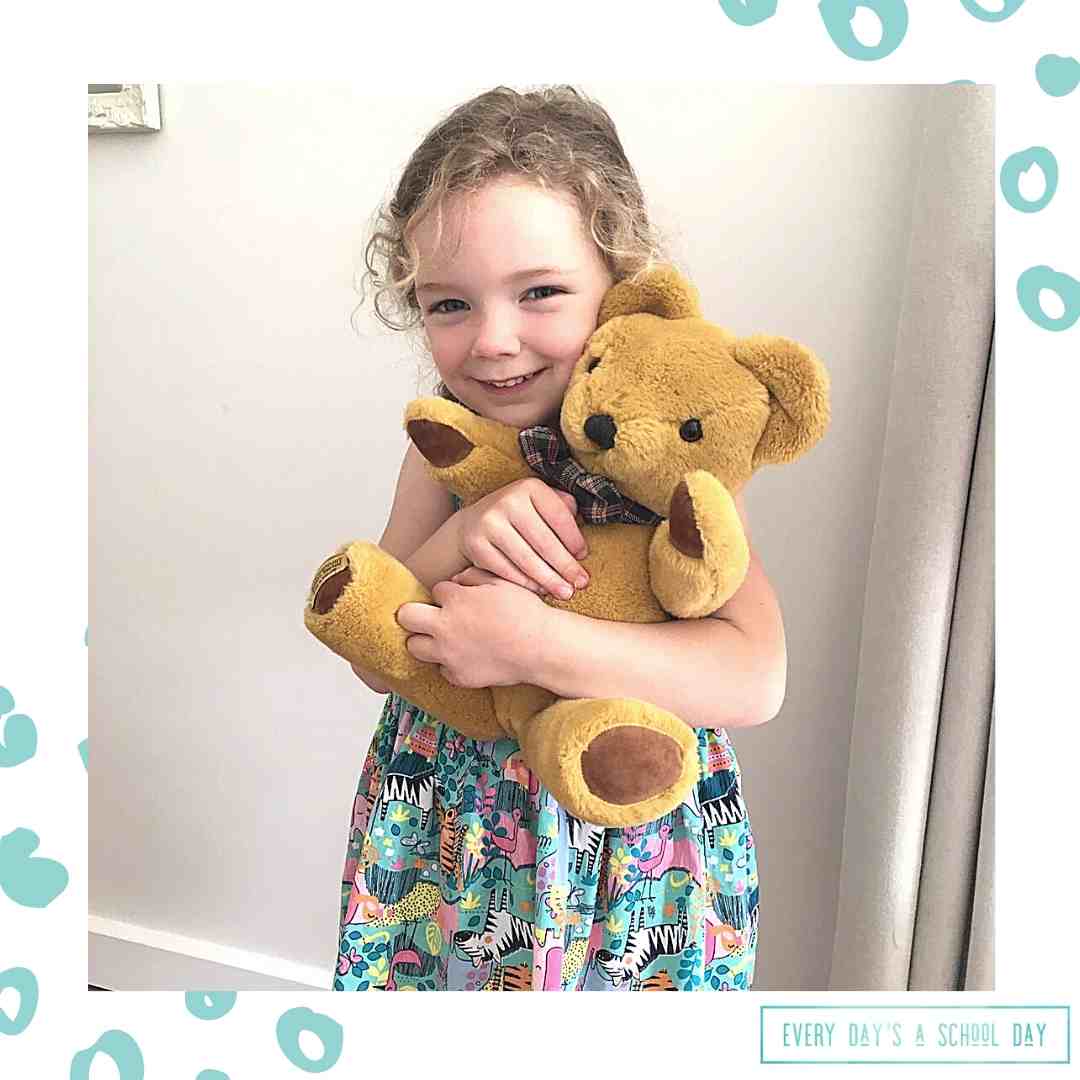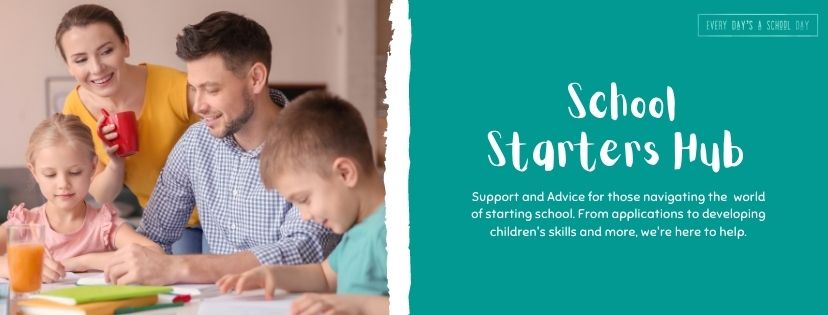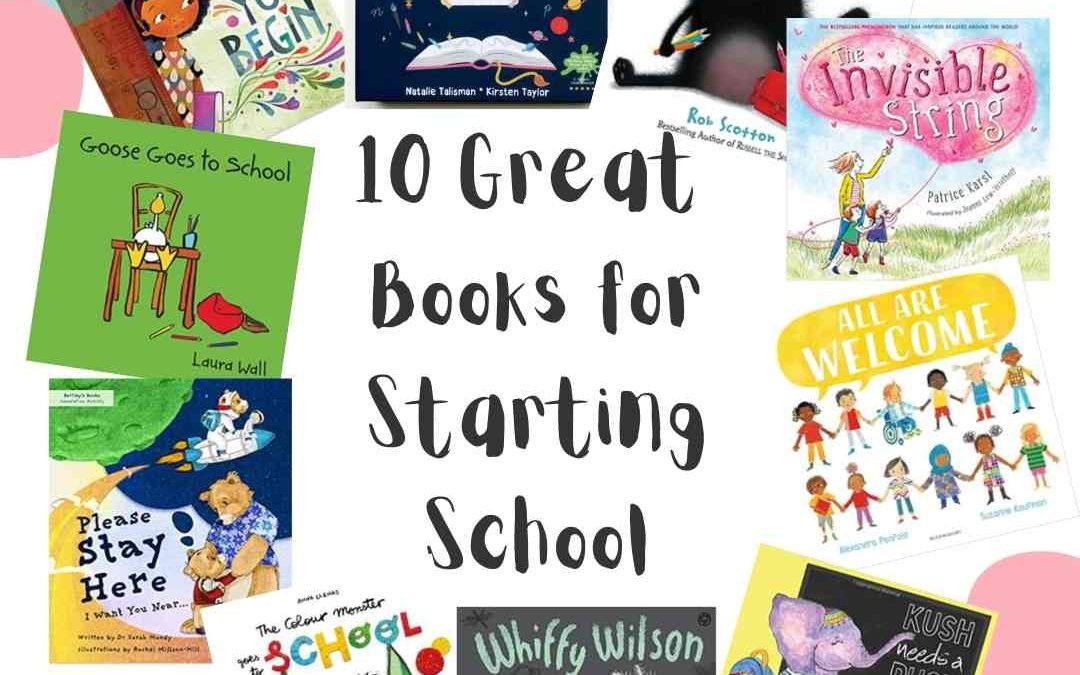
10 Great Books for Starting School
Ok, I’ve lied here already, it’s actually 11 books! There are just so many brilliant ones!
Starting school is a big deal for little ones and their families. There can be a huge amount of change to routines, expectations and relationships so it’s great to help children feel more prepared. As teachers we are big advocates of using books and stories to support children’s understanding of anything new. Stories have characters and experiences in which children can relate to. Being read to and seeing wonderful images enables children to explore events, possibilities and feelings from the safety of home.
You may have already started talking to your child about starting school or be waiting a while so it’s not so far away or to lessen the time they may worry. The great thing about books is that children can be exposed to new ideas without it being personal, that’s why we use Ted in our School Readiness programme School Ready with Teddy, so that children can learn how to communicate and problem solve at school by helping Ted. We only introduce the idea that they are starting school too, in the final week. Having books about starting school as part of your collection is a great way to gently encourage conversations and questions about starting school.
Ok so let’s get into the books, here’s my top 11! I’ve chosen some new and hopefully different options which I hope you love.
*Just to let you know some of the links in this blog are affiliate links which means we earn a very tiny amount if you click through and buy from here. We won’t be offended if you’d rather search direct for the books but it helps us to keep creating content for you if you do buy through here.
The Tale of Starting School
The Tale of Starting School is always the first book we recommend to school starters. It’s not a classic story but instead a journey book that you can personalise. It’s designed by a teacher and has every element you would want to prepare your child for school. You add specifics with words and pictures, it perfectly supports children to feel more confident about where they are going and what it will be like. There’s spaces for adding first day photos, cards, first reports and more so it becomes a wondeful keepsake. Lily absolutely loves her Tale and often asks to look at it to remember her journey of starting school.
Kush needs a Push
This story has lovely illustrations from Lisa Galley and followd Kush the elephant as he conquers his nerves about starting school. Lots of little supportive pushes and encouragement from his teacher and new friends see Kush gaining confidence in himself.
The Invisible String
This isn’t specifically about starting school but about being apart from each other. A beautiful and heart-warming story giving children a tangible understanding of connection between loved ones – the invisible string.
The book helps children to know that when they are at school they are still loved and that they don’t have to be ‘with’ everyone to feel that love. It gives a lovely way to talk to your child about being apart from them but using the invisible string as connection.
NOTE – this story is written with the American spelling ‘Mom’ and as well as school also mentions the connection to a family member who is in Heaven.
Goose Goes to School
A cute story about Sophie going to school and having to leave her pet Goose at home, but Goose doesn’t want to stay at home and instead he follows Sophie to School! The Goose stories are created by Devon Artist Laura Wall. They are brightly coloured with simple and engaging text and illustrations. Both my girls love the stories and Goose goes to School is a big hit.
Not all of the books are available on amazon, here’s a link to Laura’s Goose shop – this isn’t an affiliate link:
Splat the Cat
Splat the cat is a firm favourite in our house! This is a story about splat trying to avoid school. The pictures are fantastically entertaining and a great opportunity to talk about how Splat might be feeling and ask questions about his behaviour. Splat is brave and goes to school and what happens when he is there is very funny. There are lots of books about characters feeling nervous and the outcome being positive but this book manages to do it with an extra sprinkling of humour!
Wiffy Wilson - The Wolf who wouldn't go to school!
This is a great story about a wolf who can’t write his name and he’s not keen to go to school. His little friend Dotty helps him to see how much fun school is and is a great way to explain to children how many exciting opportunities await at school!
Please stay here, I want you near
Written by a Consultant Clinical Psycholigist and mother, this story is specifically designed to support children with separation anxiety. It follows the adventures of Bartley Bear as he navigates the big feelings involved with going to school. There are colourful illustrations and clever question prompts for discussion hidden behind the flaps. It’s an engaging and fun way to help you and your little one talk about separation and understand how to manage the feelings involved.
The Day You Begin
A lovely rhyming story about feeling different and finding your place. The language in this book is more complex than the others but it’s a great way to teach childen new vocabulary and it explores difference and uniqueness so well.
The Colour Monster Goes to School
We love the original ‘Colour Monsterr’ story for exploring feelings expecially when you have different ones at the same time. This version, where the colour monster goes to school, is a great way of helping children to express what they think school will be like and those muddled feelings.
Miss Molly's School of Kindness
At Miss Molly’s School of Kindness, three naughty fox cubs find out how to be kind to others, kind to themselves, and the importance of being kind to the planet. A perfect way to start conversations with children about kindness, with humour, a fun story, and a cast of lively animal characters.
All Are Welcome
This book has bright colours and shows diversity in a school setting. It doesn’t talk specifically about the start of school but instead about how we are all different but all welcome. It’s a lovely book to ask questions and explore difference and value in everyone.
There, 11 brilliant books. I hope you find some you love and they help the start of school to be filled with excited anticipation. If you have some favourites we would love to know. If you’d like more information about starting school come and join me in our community group the SCHOOL STARTERS HUB, full of expert advice and support about getting prepared for school.
Em x
